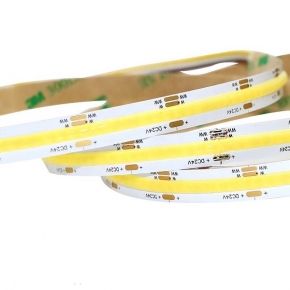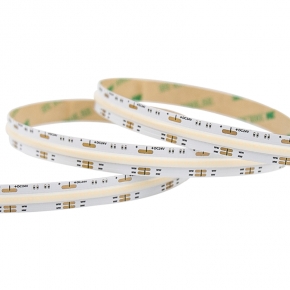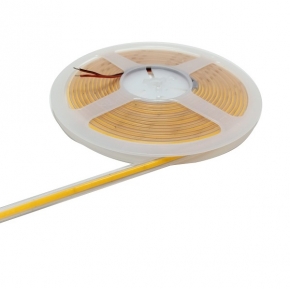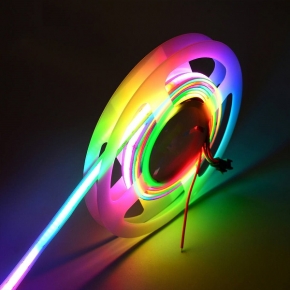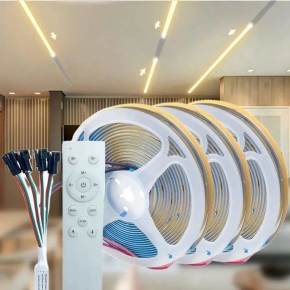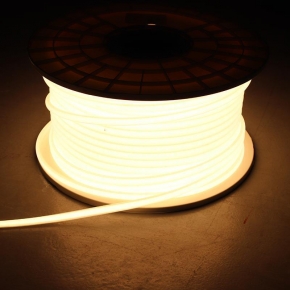LED Lighting Glossary: A Comprehensive Guide
LED Lighting Glossary: A Comprehensive Guide
In the ever-evolving world of LED lighting, understanding the terminology is crucial for making informed decisions. Whether you're a homeowner, designer, or professional installer, this glossary provides a comprehensive guide to the most important terms and concepts related to LED strip lights and other LED lighting products.
Lumen (lm)
Lumen is the measurement of the total amount of visible light emitted by a light source. It's the metric used to quantify brightness as perceived by the human eye. When choosing LED strip lights, the higher the lumen rating, the brighter the light will be.
Alternating Current (AC)
Alternating Current is the type of electrical current that reverses direction periodically. It's the standard form of electrical power distribution in most homes and commercial buildings. AC voltage can vary depending on the country, with typical ranges being 90V-220V in the US and often higher in Europe.
Direct Current (DC)
Direct Current flows in one direction and is commonly used in low-voltage applications such as LED lighting. Most LED strips operate on DC, requiring a transformer or battery to convert AC voltage to a suitable DC level, typically 12V or 24V.
Color Rendering Index (CRI)
CRI measures how accurately a light source renders colors compared to natural daylight. A CRI of 100 indicates perfect color rendition. For applications where color accuracy is important, such as art galleries or retail displays, a high CRI is essential.
LED Pitch
LED pitch refers to the distance between individual LED chips on a strip. The shorter the pitch, the more LEDs per meter, resulting in a more uniform and less spotted light distribution.
LED Chip Size
LED chips come in various sizes, commonly denoted by four-digit codes like 3528, 5050, and 3014. These numbers represent the chip's dimensions in millimeters (e.g., 3528 = 3.5mm x 2.8mm). Different chip sizes offer varying brightness levels and applications.
Correlated Color Temperature (CCT)
CCT describes the color appearance of white light, measured in degrees Kelvin. It ranges from warm (low K values, such as 2700K, resembling incandescent bulbs) to cool (high K values, like 6500K, similar to daylight).
LED Binning
Binning is the process of grouping LEDs during production based on their color and brightness characteristics. This ensures consistent light output across a batch of LEDs, which is crucial for high-quality lighting applications.
Luminous Efficacy
Luminous efficacy measures the efficiency of a light source by dividing the total luminous flux (in lumens) by the power consumption (in watts). A higher efficacy indicates that the light source produces more light per unit of energy.
IP Rating
IP Rating stands for Ingress Protection Rating and indicates a product's resistance to dust and water. For LED lighting, common IP ratings include IP65 (water-resistant) and IP68 (waterproof), which specify the level of protection against ingress from solid objects and liquids.
Solid-State Lighting
Solid-State Lighting refers to lighting technologies that use semiconductor devices like LEDs to convert electrical energy into light. Unlike traditional lighting sources, solid-state lights have no and moving offer parts longer lifespans and higher efficiency.
With this comprehensive glossary, you now have the foundational knowledge to navigate the world of LED lighting. Ready to elevate your lighting solutions? Discover our wide range of high-quality LED strip lights and other LED products designed for maximum performance and efficiency. Order now and experience the future of lighting for yourself! For inquiries and orders, please contact us at sales2@ledwaylighting.com. We're here to illuminate your projects!


